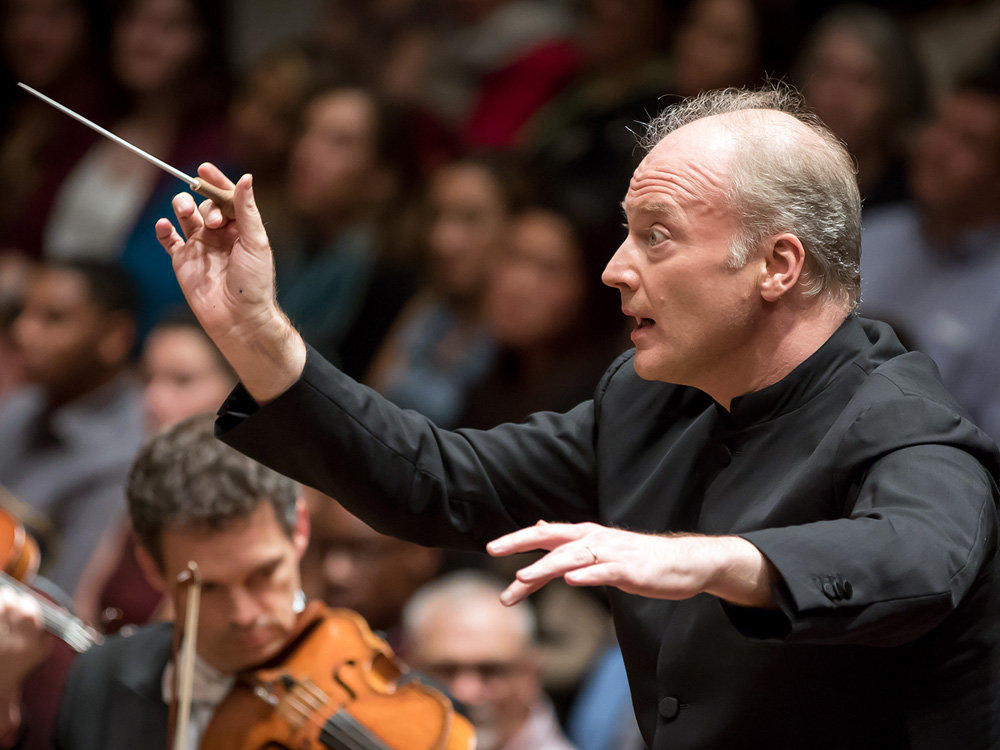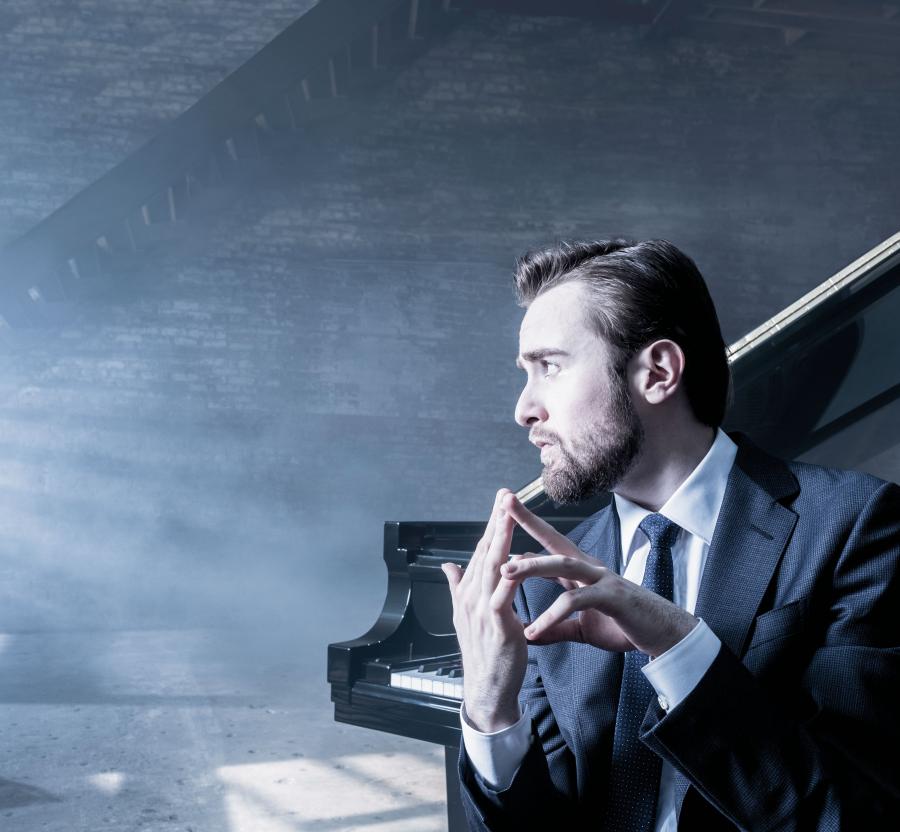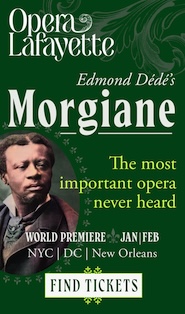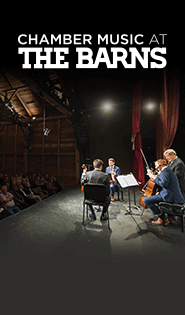Searing Shostakovich and brilliant Beethoven from Noseda, Trifonov, and NSO

Gianandrea Noseda conducted the National Symphony Orchestra in music of Beethoven and Shostakovich Thursday night. File photo: Scott Suchman
Gianandrea Noseda achieved a high point with this week’s concerts from the National Symphony Orchestra. The program seems unprepossessing on the surface, combining Beethoven’s Piano Concerto No. 5 and Shostakovich’s Sixth Symphony. What brought it together so beautifully was a fiery Russian edge, in the soloist, Daniil Trifonov, and the conducting, which recalled Noseda’s journeyman days at the Mariinsky Theater.
In his recent appearances with the NSO, Trifonov has dynamited pieces from within, deploying extremes of expression and explosive virtuosity. His interpretation of the “Emperor” concerto was unusual in that it was more conventional but certainly never dull–Trifonov’s playing was effervescent with sweeping runs and brilliant trills right from the first movement’s cadenza-like opening, punctuated with strong orchestral chords. It was somewhat surprising, though, that even the more eccentric moments in the concerto did not elicit stronger reactions from Trifonov.

Daniil Trifonov
Brilliance of attack set this performance apart, as Trifonov responded with impressive gusto to Beethoven’s orchestra-sized writing for the solo part. Especially in the cadenza the composer furnished for the first movement, the playing was crisp, athletic, and poised. Likewise in the second movement Trifonov mollified that clarity with a more nuanced legato, the touch cushioned in a way that delicately suspended time.
With the little hint of the rondo theme to come, Trifonov masterfully pierced the veil he had woven by launching into the Finale. After playing with a certain emotional distance up to this point, he lit up in this dancing Allegro, joyous rather than frantic in pacing. Noseda and the orchestra kept in step with him better here than in the first movement.
After some convincing from the audience, Trifonov offered an encore that suited the concerto impeccably–the gigue-like final movement of Beethoven’s Piano Sonata No. 18, nicknamed “The Hunt.” It matched the concerto finale in many ways, in time and key signature, but even more so in spirit and orchestral scope.
Noseda and the NSO lit into Shostakovich’s pithy, varied Sixth Symphony with inexhaustible energy. The three movements offer surprise after surprise–Noseda wanted a seething approach in the opening Largo, part bitter lamentation and part transcendent paean. He got it, with a molten introduction in the violas and cellos matched by searing violins. The many exposed, eclectic solos for piccolo, English horn, silvery low flutes, and bass clarinet were all outstanding. One passage sparkled with particular magic, as tense string tremolos were joined by a whisper of celesta, over which the horns were suspended.
The second and third movements are utterly different from this weighty slice of sadness. The witty Allegro, sparked by an ebullient solo on E-flat clarinet, had a kind of swashbuckling, cinematic sweep. With a sure hand Noseda pitched the piece forward, guiding the musicians as the feelings tipped from enthusiasm to viciousness.
Few composers have used popular music idioms so effectively, especially as a symbol of banal but menacing cheeriness. The madcap gallop of the Presto finale rustled with humorous allusions to Rossini’s“Guillaume Tell” Overture, one of the composer’s favorite pieces. After a crystalline violin solo from concertmaster Nurit Bar-Josef, the happy parade turned manic, as the full force of percussion and brass was brought to bear. The NSO, an orchestra once led by Mstislav Rostropovich, is clearly back in good hands again when it comes to music of Dmitri Shostakovich.
The program will be repeated 8 p.m. Friday and Saturday. kennedy-center.org; 202-467-4600

